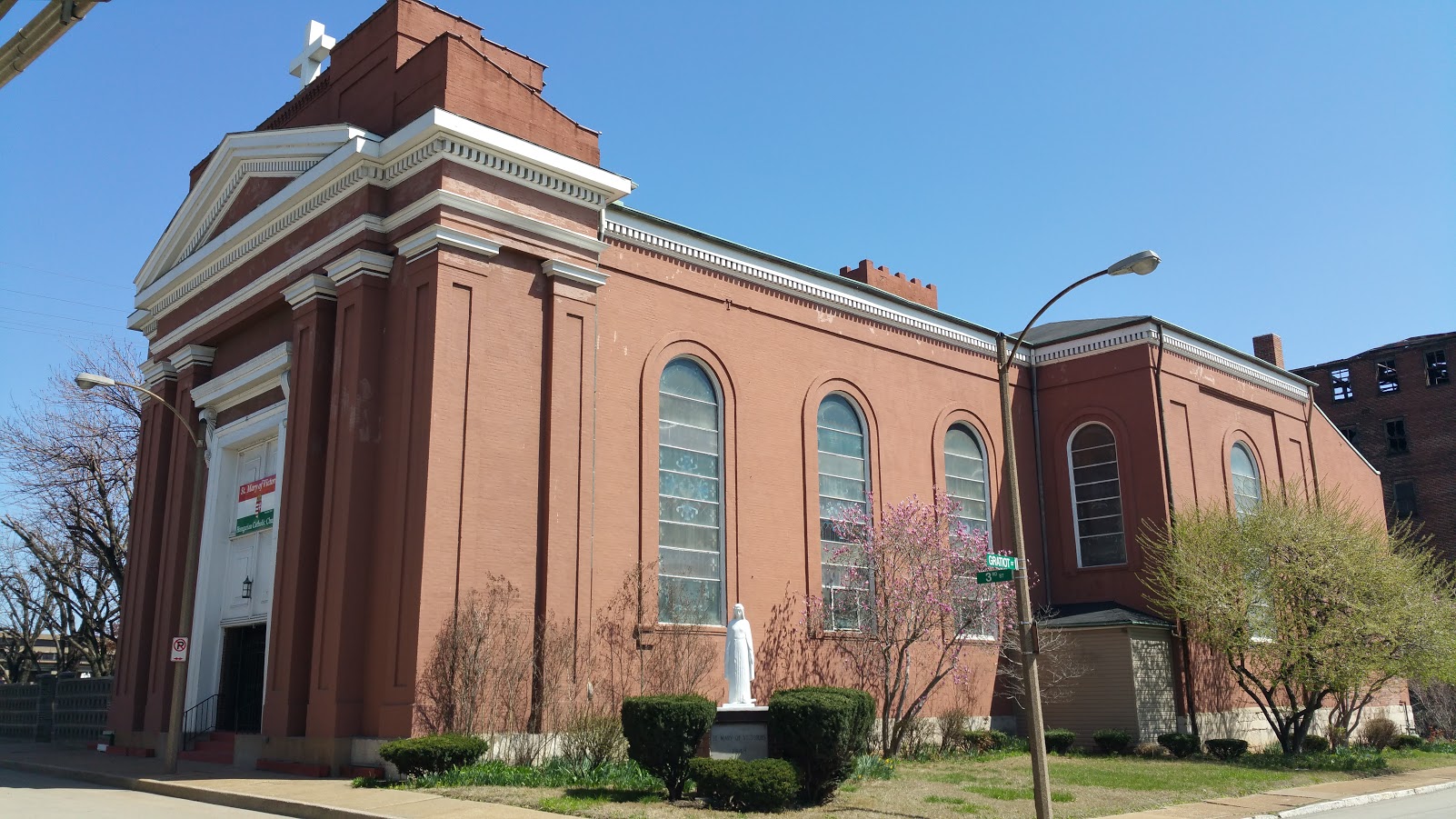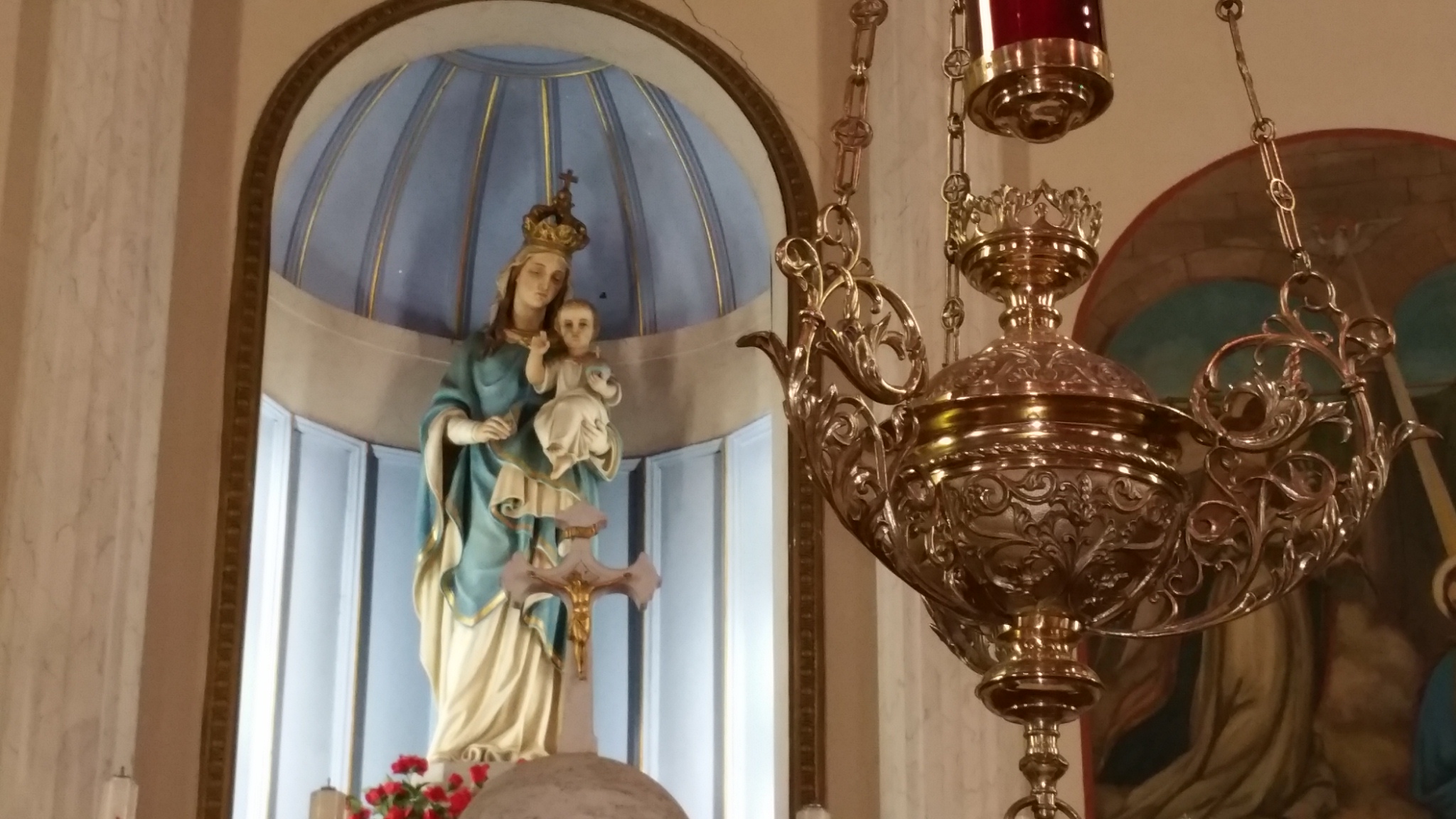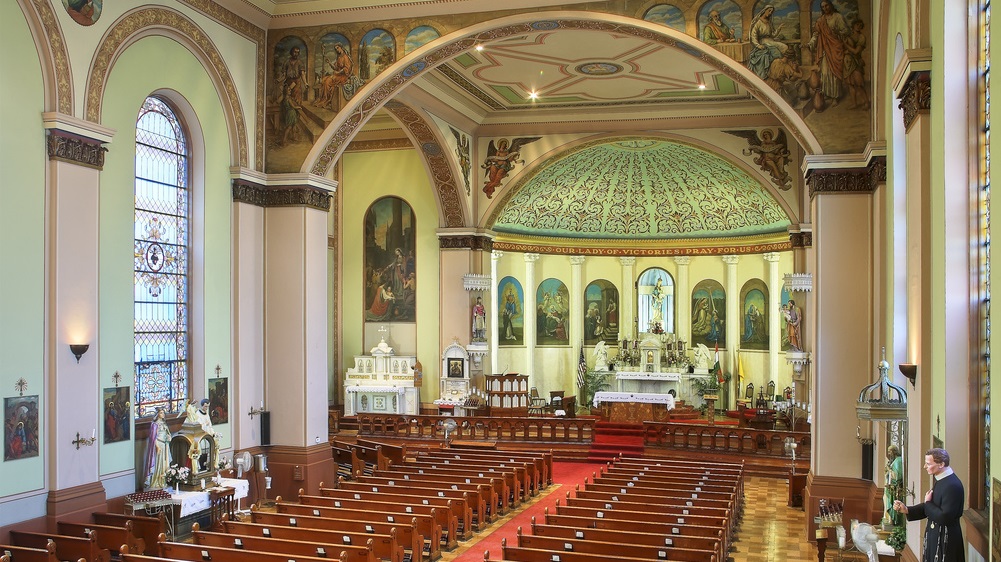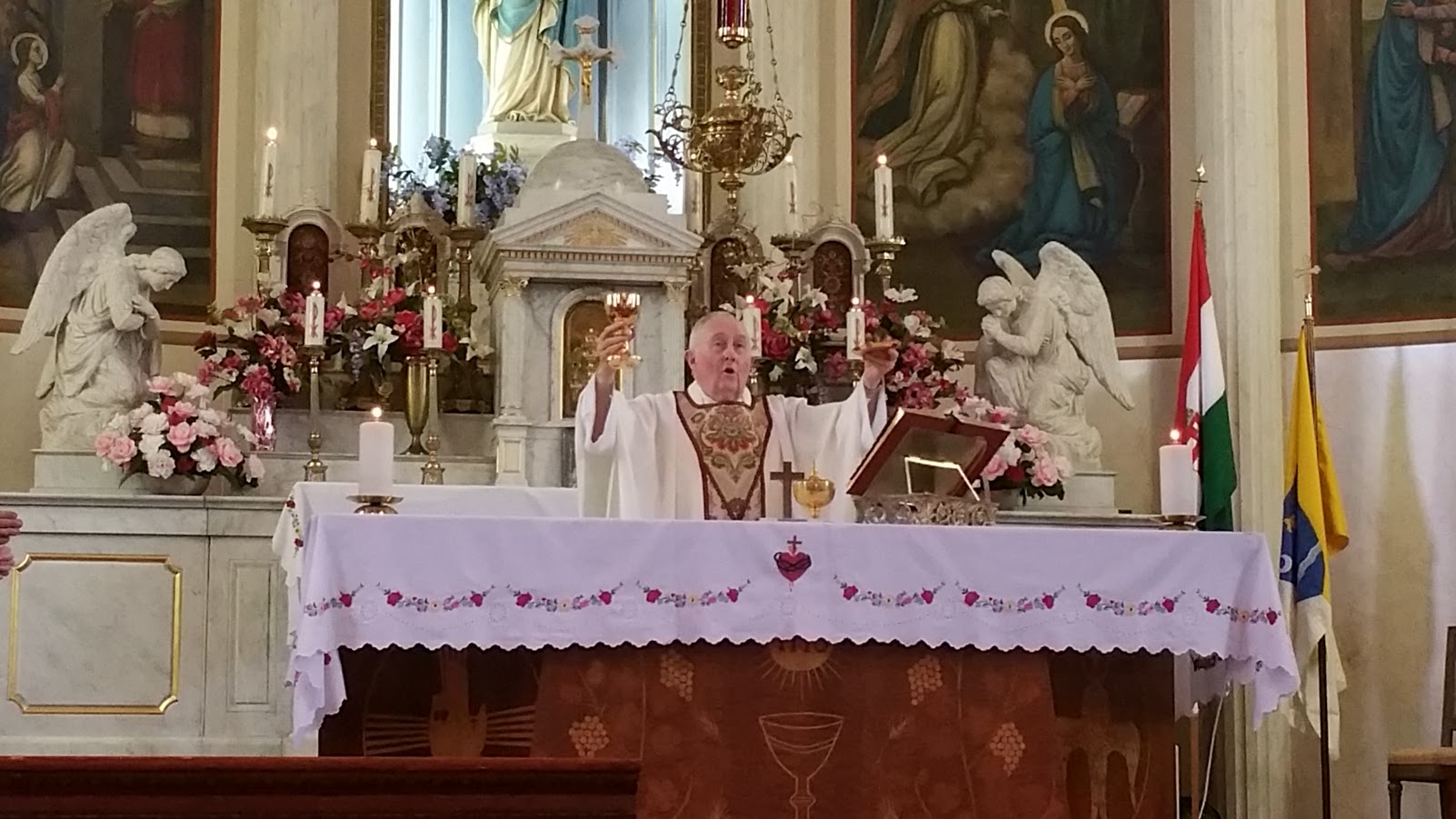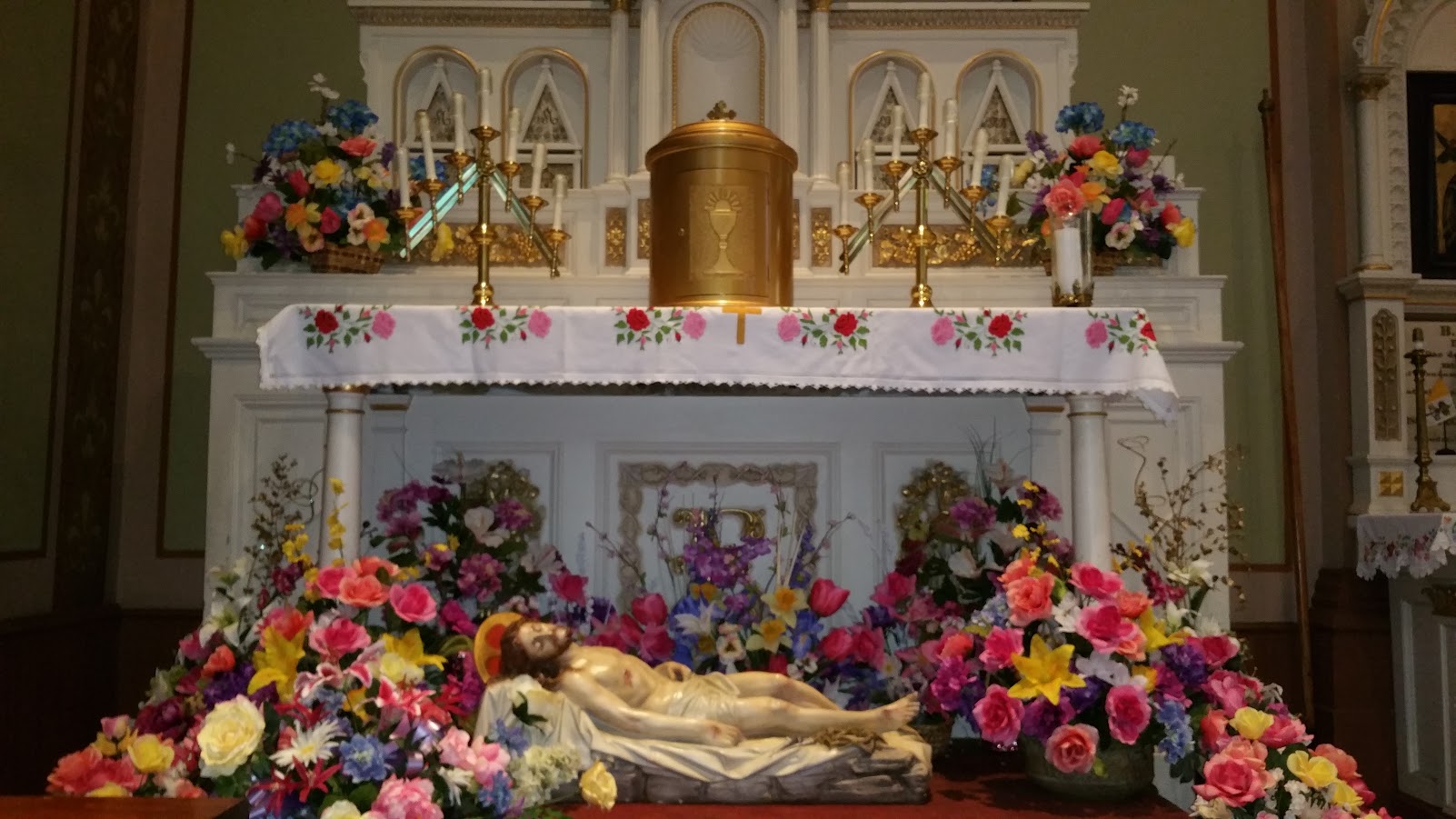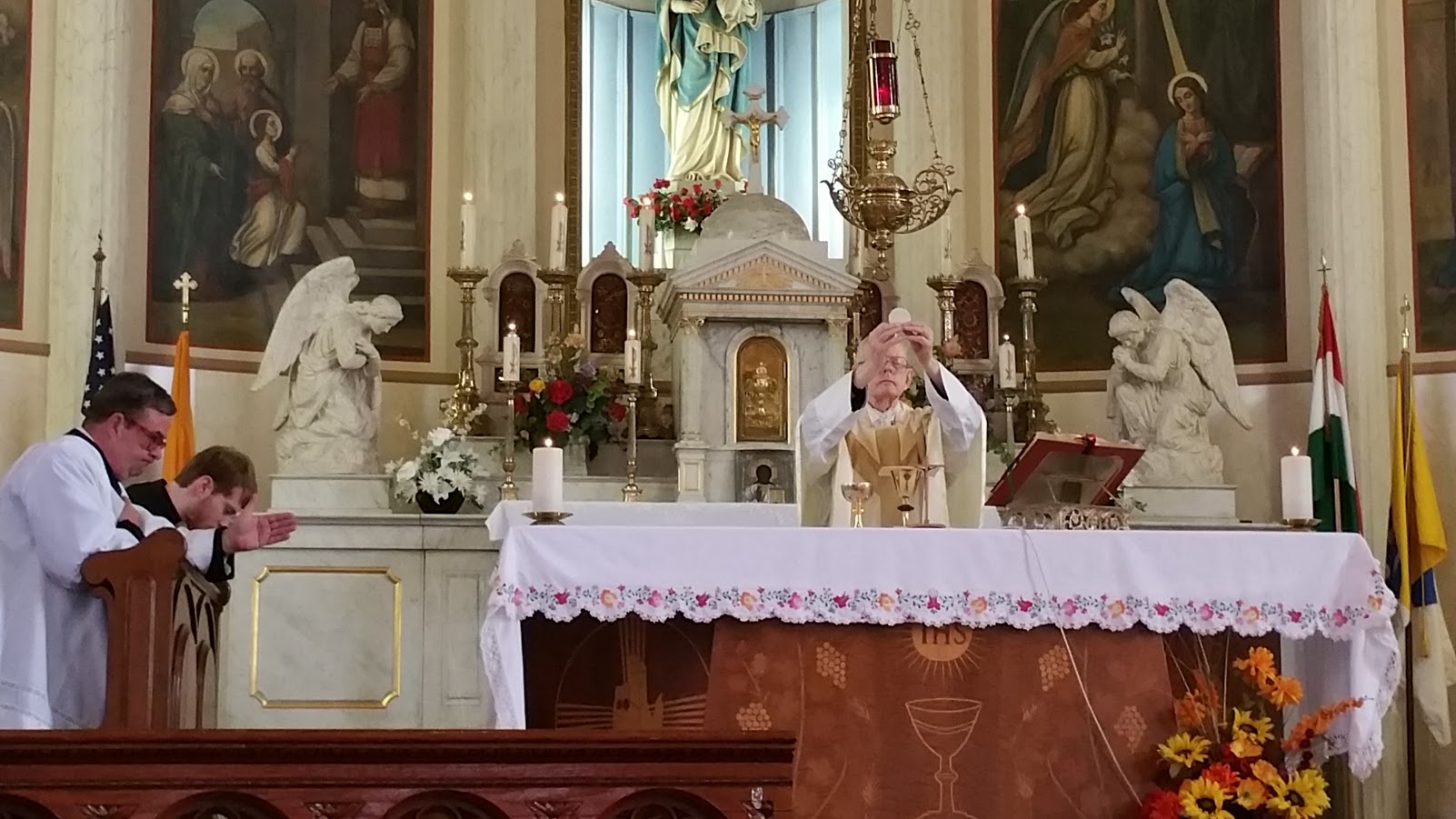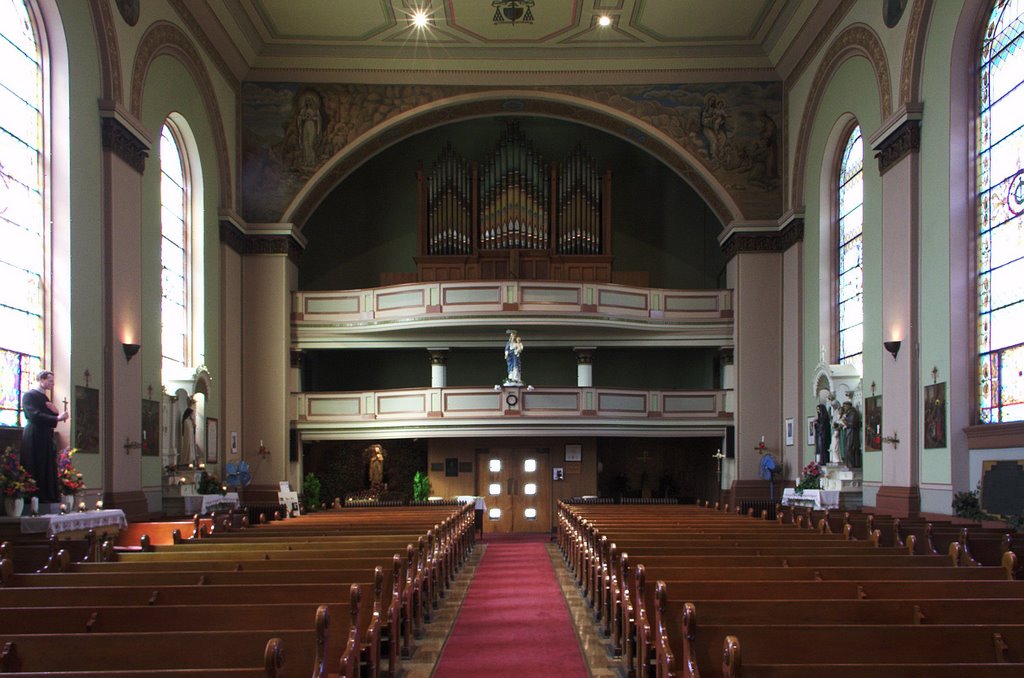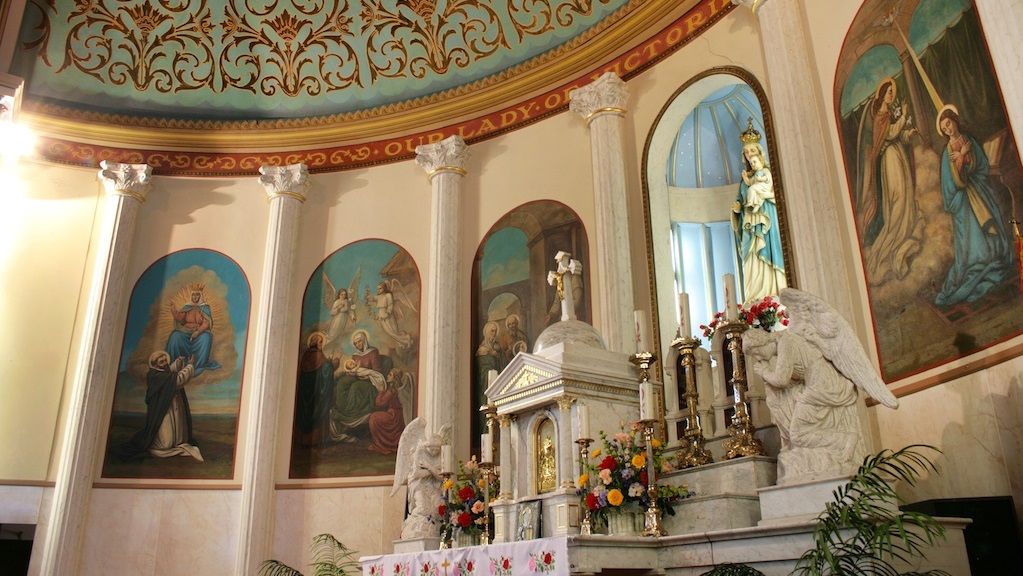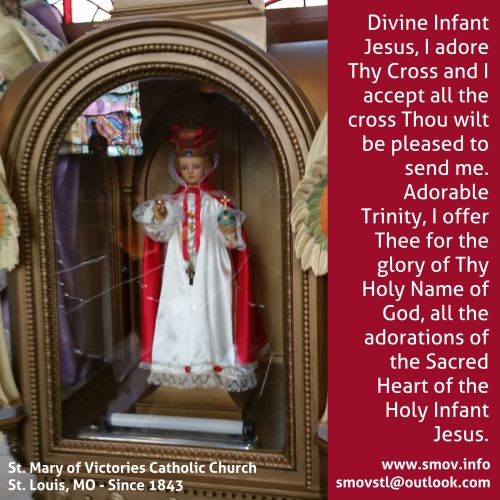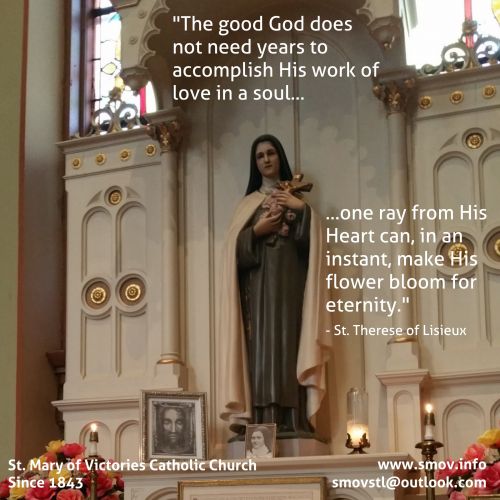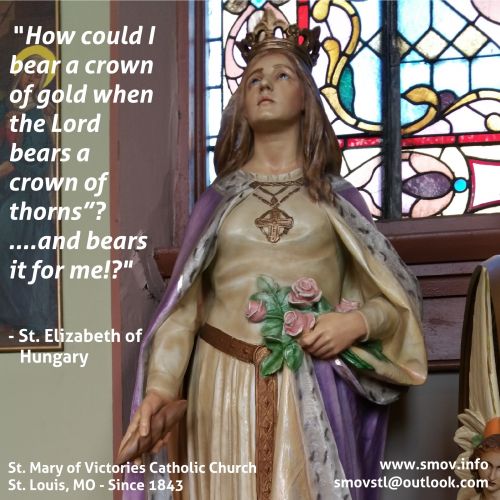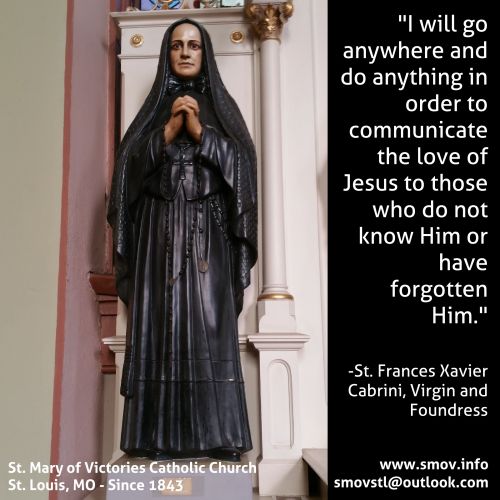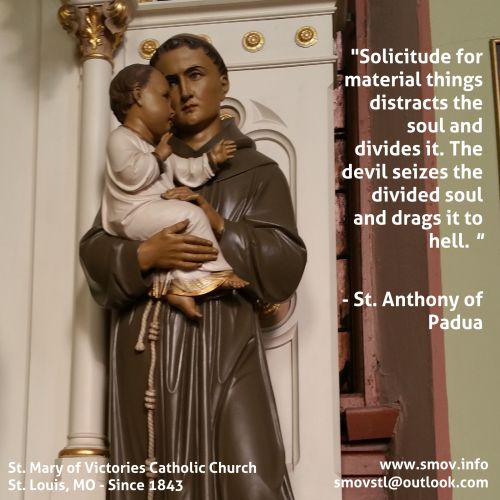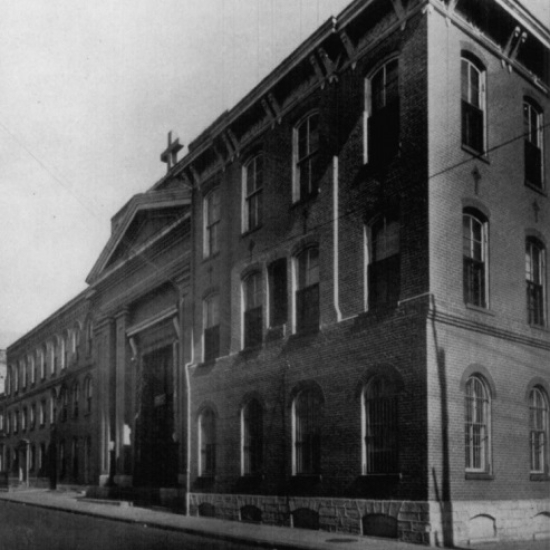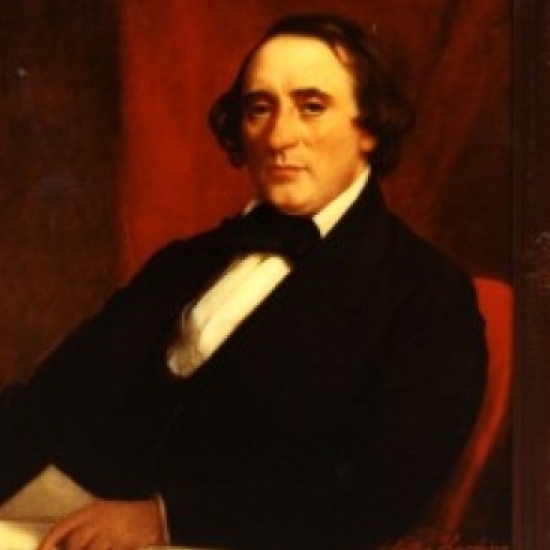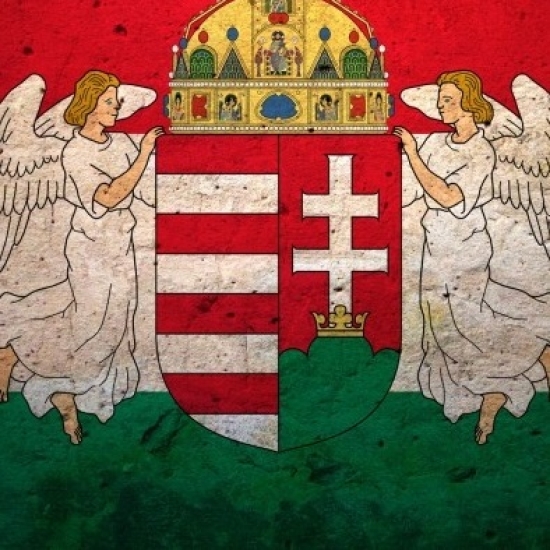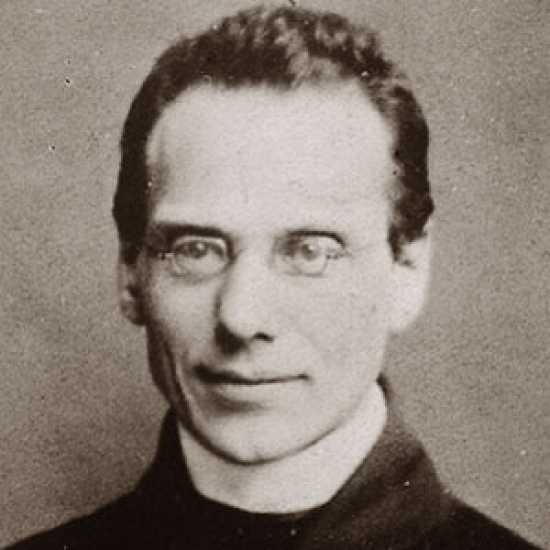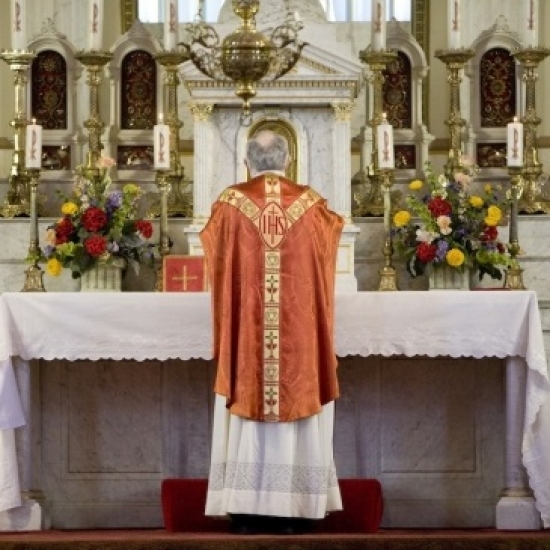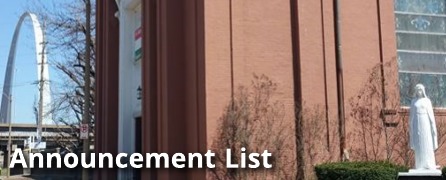18 January 2015, 2nd Sunday in Ordinary Time (Year B)
Introit: Omnis terra, begin on F (as fa)
Offertory: Songs of thankfulness and praise, V2H p. 237, begin on A
(Year B) Communion: Dicit Andreas, begin on Ab (as do)
Recessional: Blest author of this earthly frame, V2H p. 239, begin on G
Mass XI, PBC p. 58. Credo III, PBC p. 77.
The Introit antiphon has two phrases:
- Omnis terra adoret te, Deus, et psallat tibi:
- psalmum dicat nomini tuo, Altissime.
We're now in the first portion of 'Ordinary Time' the season before and after the year's peak time of Lent, Easter, and Pentecost. In Latin it is called the time 'per annum' [literally, 'through(out) the year'] but its alternate name has a deeper meaning. It's a time when the liturgy calls us to reflect on how the great events of salvation history, the coming, suffering, dying, rising, & ascending of our Saviour have radically changed what constitutes 'ordinary' in our world. Christ is the new 'order' in ordi-nary now, and we are invited to enter more deeply in His newness as the weeks unfold. How appropriate it is that this antiphon is in Mode 4, the contemplative mode, as we come to a time of calm reflection after the heady excitement of Christmas and Epiphany. Like the Introit of next Sunday (in Year C) and the following Sunday, this antiphon reminds us that even the most mundane and 'ordinary' elements of our lives are opportunities to transform ourselves and our world into living songs of praise to the God who works such wonders as we are privileged to see. So in the ascending fourth over terra, the melody calls us to rise up from the earth(ly). It reaches its peak over adoret, as adoring God should be the high point of our lives, and the manuscript tells us to hold on firmly as we sing the te before Deus. The same pattern of our earthly song ascending in praise to the throne of the Most High and ligering there in a moment of comtemplation is repeated over dicat nomini tuo. We will want to hold the phrasing together closely to keep the sense and mood flowing. Both times we address God directly (te Deus and Altissime) we finish on mi, a weak note that leaves us with a sense of something incomplete; orienting our lives to His work and worship is still a work in progress. This text also ties us back to the recently celebrated feast of the Baptism of the Lord, when it was sung in the Office of Readings. (Cf. 2nd antiphon and psalm).
(Year B) The Communion antiphon has three phrases:
- Dicit Andreas Simoni fratri suo
- Invenimus Messiam (2b) qui dicitur Christus
- et adduxit eum ad Jesum
We are well into a confident Mode 8 here, dominated by the strong notes of sol and do. The mode and the melody reflect the certainty Andrew has in telling his brother that indeed they have found 'the one' so long expected and in taking him to Jesus without hesitation. The ascending notes elevating us to the high point of the piece, Invenimus, and the St Gall manuscript marks of 'celeriter' (= quickly) over Simoni fratri reflect the excitement that accompanied Andrew's confidence. The cadence of the piece, (Je-)sum, is a startling change. The descent and ascent of the melody before it comes to rest on the final sol conjures up an image of Andrew and Peter journeying toward Jesus, then coming to rest when they find him. Particularly appropriate as we hear in year B from John's Gospel telling us of the call of Andrew and Peter.
